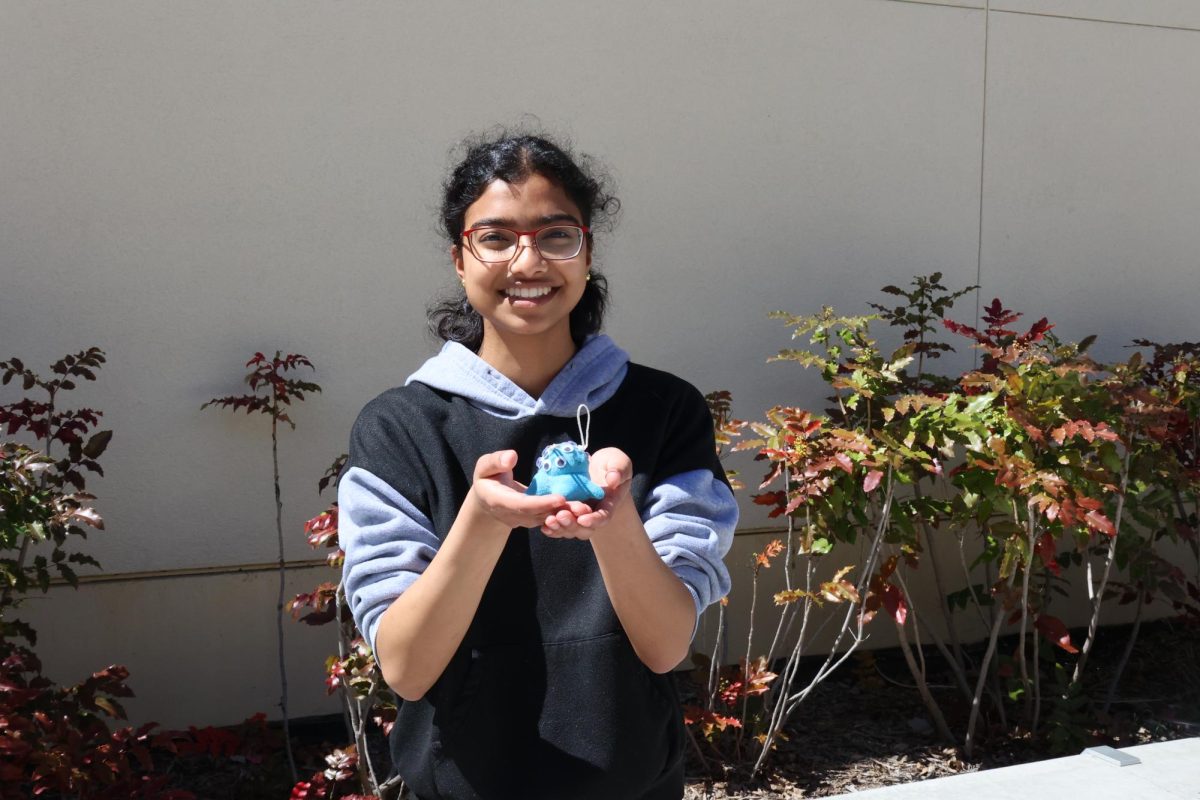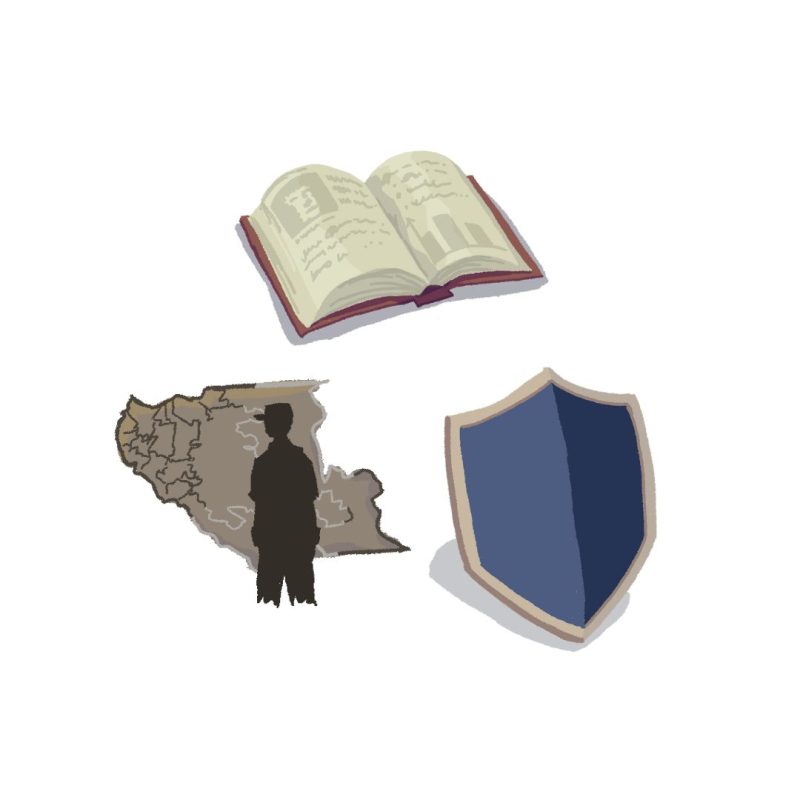Written by Anyi Cheng
This is school year, two English elective classes, Escape Literature and Film Literature, will be co-taught in an effort to diversify instructional perspective. “The goals would be to ensure that the students are able to access the curriculum in their English classes, including in their electives,” Special Education Instructional Supervisor (IS) Teri Lee said. In the past years, classes in Math, English, Science and Social Studies have been co-taught.
In a co-taught class, two teachers are present during class time and both aid student instruction in different ways. “One has a content area expertise and the other teacher has expertise with the learning strategies and skills that allow them to access the curriculum,” Teacher on Special Assignment of Inclusion Lynn Tabuchi said. “It’s a blending of strengths that they bring to the table.”
According to English Department IS Kristy Blackburn, co-teaching helps with designing curriculum that allows all students to successfully access the content. “It’s a way to help with the inclusiveness of students and have them learn in the least restricted environment,” she said.
While he enjoys working with his co- teacher, Escape Literature teacher Marc Igler, feels that the co-teaching model does have its disadvantages. “However, co-taught classes are saturated with students in special-ed and students with 504s and other learning issues. It is not the ‘least restrictive environment,” Igler said. He also worries about the lesson- planning aspect, which he calls “very time consuming, and at the moment, it comes at the expense of a teacher’s other classes.” Escape Literature is co-taught by Igler and Tabuchi; Film Literature is co-taught by English teacher Justin Brown and Tabuchi. According to Blackburn, these classes were the two that had the most student interest, which was why they were chosen to be the first English electives to be co-taught.
According to Tabuchi, having two teachers assigned to one classroom allows for more individualized learning. “Having two people teaming together doubles the amount of resources,” Tabuchi said. “It’s beneficial to all students, not just students that are in Special Education.”
The Palo Alto Unified School District (PAUSD) commissioned a report from Harvard University, which was shared at the special school board meeting on June 13. The report expresses reservations about co-teaching, stating that “while co-teaching is a model that is a significant improvement from segregated classrooms for students with disabilities, the model has significant limitations.” It lists several key disadvantages to co-teaching, including the threat of perpetuating a stigma that co-taught classes are “remedial” or “low-lane” classes because of the Special Ed integration. As an alternative, the report suggests a different strategy called Universal Design for Learning (UDL), a recently- developed classroom structure designed to integrate all student participation.
Some students in the co-taught English electives this year feel that the co-teaching structure is not yet running efficiently. “In my class so far, if it didn’t say I had two teachers on my schedule, I probably would’ve never realized they were co-teaching,” senior Lucy Lamb said of her Escape Literature class. “Right now one teacher has been doing all the lecturing while the other watches from the back.”
Nevertheless, Lamb feels that there is potential in the co-taught English classes. “I think it will be helpful for teachers to give each other feedback on each lesson since they will always get to see what the other does each day,” she said. “Also, since everyone has different teaching styles, it may be helpful to learn new teaching techniques from each other.”
Lee harbors high hopes for the co-taught elective English courses. “I anticipate that it will be very effective and good for all students,” she said.













